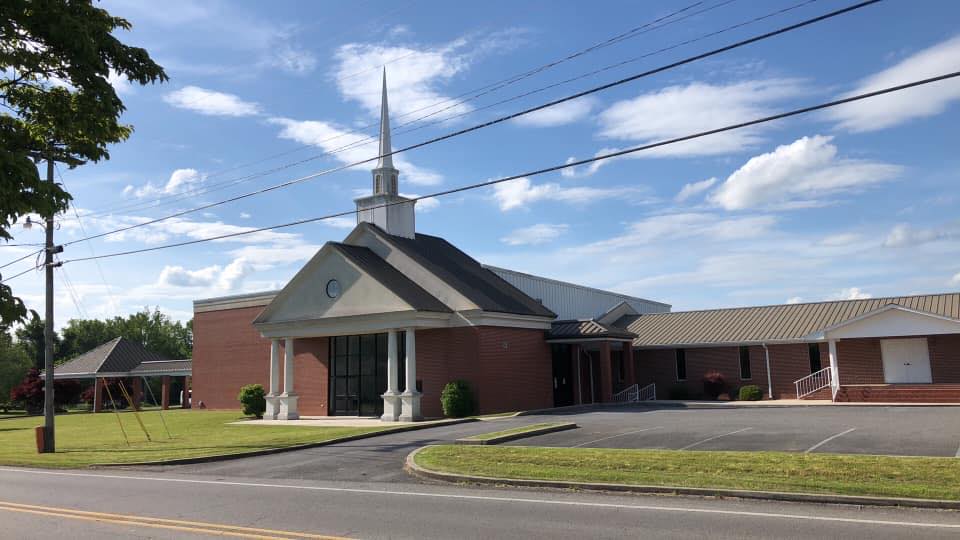Many of us are inspired during this season by the songs and carols of Christmas.
We may hear choirs and orchestras present special Christmas music, go caroling in our neighborhoods, give voice to favorite carols ourselves or enjoy the singing of children.
Thinking about the songs of Christmas brings to mind a rather unexpected turn of phrase found in Psalm 40, a testimony about the impact of praise expressed through songs.
Subtitled a song of David, this psalm is a testimony to the Lord’s redeeming work in a life that had become bogged down as if sinking in a miry pit.
The psalm tells of the Lord’s response to a sinner’s cry — a response that exchanged the miry pit for a solid rock.
The testimony about such an exchange includes how the Lord “put a new song in my mouth — praise to our God; many will see it and fear and will trust in the Lord” (vv. 1–3).
It is understandable if we initially do a double take at this testimony. Normally, we would expect to read about many hearing our song. Instead, we read of many seeing that song. We expect songs to be heard, not seen.
As we move from the Christmas season into a new year, we might ask ourselves, “Do I have a song of praise to raise to the Lord?” But then we might ponder, “What kind of song might we raise that others would be able to see and, as a result of seeing our song, turn to the Lord?”
Obviously, such a song must be more than sounds that come across our lips. People hear words, but they see conduct.
Powerful influence
Beautiful vocal music can move emotions and lift spirits. Beautiful lives can cast powerful influence as inspiration for others to draw closer to the Lord.
Some of us may move into another new year with resolutions for being better and doing better. What if we traded resolutions for a song — a song that others can see? We can aspire to a quality of behavior that others will be able to see by choosing acts of compassion, generosity, fairness and faithfulness as notes that compose such a testimony.
What we do will be like composing our song using shaped notes — those shaped by Christlikeness in action and attitude.
Songs that people can see have staying power if they influence them to receive eternal life.
How clearly will others be able to see our song?
Click here to find more articles on Christian theology.






Share with others: